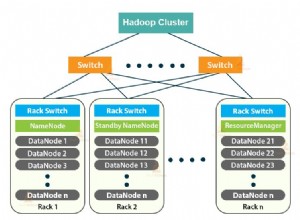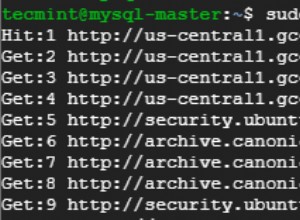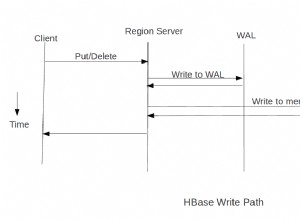Verwenden Sie das Aggregations-Framework mithilfe von $size
Operator ab MongoDB 2.6 und höher:
db.collection.aggregate([
// Project with an array length
{ "$project": {
"title": 1,
"author": 1,
"votes": 1,
"length": { "$size": "$votes" }
}},
// Sort on the "length"
{ "$sort": { "length": -1 } },
// Project if you really want
{ "$project": {
"title": 1,
"author": 1,
"votes": 1,
}}
])
Ganz einfach.
Wenn Sie keine Version 2.6 zur Verfügung haben, können Sie dies mit etwas mehr Arbeit immer noch tun:
db.collection.aggregate([
// unwind the array
{ "$unwind": "$votes" },
// Group back
{ "$group": {
"_id": "$id",
"title": { "$first": "$title" },
"author": { "$first": "$author" },
"votes": { "$push": "$votes" },
"length": { "$sum": 1 }
}},
// Sort again
{ "$sort": { "length": -1 } },
// Project if you want to
{ "$project": {
"title": 1,
"author": 1,
"votes": 1,
}}
])
Das ist so ziemlich alles.




